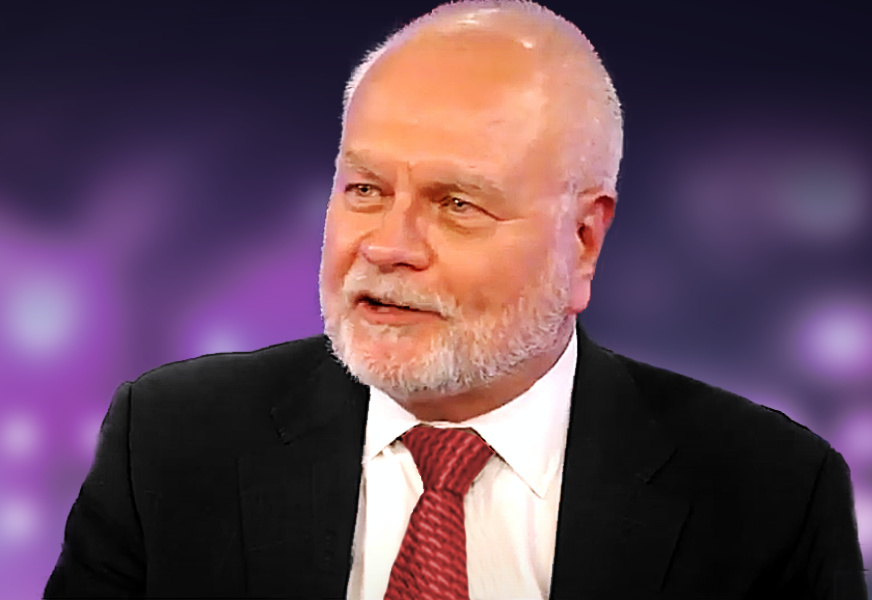
The Federal Reserve Bank of New York is hoovering up assets in order to support corporate borrowing in the US, and subsequently creating some liquidity distortion in credit markets. As of 17 June 2020 it had bought assets worth US$38.9 billion via its Secondary Market Corporate Credit Facility (SMCCF), according to regulatory filings.
The SMCCF can buy certain corporate bonds in the secondary market and US-listed exchange traded funds (ETFs) if they are aiming to produce broad exposure to the market for US corporate bonds. It began buying bond ETFs on 12 May 2020, with purchases of corporate bonds starting on 16 June. The facility’s programme is currently planned to close in September 2020.
The programme potentially has two effects on the markets, which in turn impact trading. Firstly, its very existence creates confidence that the central bank will buoy up the corporate debt market to counter the impact of COVID-19.
“[Knowing that] they would buy gave the market the confidence to transact,” notes one trader.
Secondly, it actively creates directional investment in the market which generates real liquidity.
“It has certainly created a clear-cut move in front-end spread compression and thus the ability to sell into such has been robust,” notes one investment-grade, buy-side trader.
The mechanism the Fed is employing uses BlackRock Financial Markets Advisory, a division of the world’s largest asset manager, as the trader acting at the sole direction of the New York Fed. That role may change in the future, and it is planned that it will be opened to a competitive bidding process “once the exigent need to commence operations of the facilities has passed.”
Based on the current timeframe that gives maximum three-month window for another asset manager to pitch for the role and step in, once the initial commencement period is over.
Eligible instruments
The scope of investments themselves are fixed as corporate bonds sold by an eligible dealer, with a tenor of five years or left remaining and issued by an eligible business either created or run from the US or under the US law, mainly based or run within in the country.
The issuer must also have been rated at least BBB-/Baa3 on 22 March 2020, by a major rating agency, or by two agencies if multiple agencies rate their debt. It also captures ‘fallen angel’ debt i.e. issuers that were rated at BBB-/Baa3 as of 22 March 2020, but were then downgraded. This captures firms whose businesses were potentially weakened by COVID-19 effects. They must be rated at least BB-/Ba3 as of the date on which the facility makes a purchase.
US-listed ETFs are in scope if their “investment objective is to provide broad exposure to the market for US corporate bonds.”
The Facility can also buy individual corporate bonds to create a corporate bond portfolio that is based on a broad, diversified market index of US corporate bonds, if they would meet the purchasing criteria for the bond purchase programme.
The index approach appears to be designed to ensure no single firm is excessively advantaged or disadvantaged by the buying programme. Each time the index is refreshed, the SMCCF will identify all of the secondary market bonds that are eligible ‘Broad Market Index Bonds’ and limits relevant to each issuer, calculated on a par basis as the lesser of the cap of 10% of an issuer’s maximum historical outstanding bonds and 1.5% of the maximum combined CCF facility size, will be applied to generate the index contribution for each eligible issuer. These contributions will then be aggregated, and the proportion of each issuer’s bonds in the aggregate will form their weight in the index.
Effect on the market
Correlation does not imply cause, and the market volatility seen in late February and through March has created its own effects in the market today. It is clear that fixed income ETFs saw substantial inflows in May 2020, as the overall ETF market saw net inflows of US$48 billion according to research specialist ETFGI, and these tally with Fed investment.
ETFGI found that, globally, bond ETFs and ETPs received net inflows of US$31.26 billion during May. By comparison, commodity ETFs/ETPs had US$10.09 billion in net inflows the same month and equity ETFs/ETPs listed globally reported net outflows of $181 million during May.
Of those fixed income inflows, the biggest inflows were into the iShares iBoxx $ High Yield Corporate Bond ETF (HYG), which in May gathered US$4.32 billion on its own, with the fourth largest inflows into the iShares iBoxx $ Investment Grade Corporate Bond ETF (LQD), which saw US$2.7 billion of inflows, the latter seeing the largest investment by the SMCCF and the former seeing the fourth largest investment for an ETF, by value.
The confidence inspired by the Fed’s pledge and actual investments have proven themselves to be drivers of market activity, but with volumes still recovering from their March 2020 highs – TRACE recorded US$930 billion in credit traded for May, against US$1.08 trillion for March – there is an abundance of caution in the markets.
“Bid-ask is clearly much better than the peak of the crisis but we remain off the tights of bid ask pre-crisis, and to me that speaks to a sticky presence of elevated volatility,” noted one trader.
Clearly any change to creditworthiness will drive greater volatility and the number of US high yield net downgrades dropped, according to John Lonski, chief economist at Moody’s Capital Markets Research, from 214 in April 2020 to 90 in May.
“A rough extrapolation from recent trends suggests that net high-yield downgrades may ease to 50 in June,” he noted.
The US still has an election in 2020, trade wars to manage and possibly, but hopefully not, new COVID-19 spikes that might still shake the markets. Whether the Fed can intervene enough to quell those squalls remains to be seen.
©Markets Media Europe 2025













